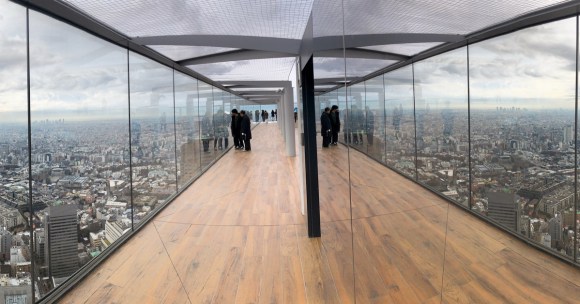
Source
Some people, especially those from Western cultures, might find Japan so different from their own country that it can be quite overwhelming. That said, it is also a fascinating place, so it’s certainly worth a visit. Here are my six tips for travelling in Japanese cities to help you feel ready and excited for your Japanese adventure.
Safety
Japan is known as one of the world’s safest countries. However, this lulls a lot of tourists into a false sense of security and they make the mistake of not being alert. Although the crime rate is incredibly low, that doesn’t mean that it doesn’t exist.
Remember, if you don’t look Japanese, you’ll stand out, and if anyone wants to target a tourist they’ll know who to look for. Keep your usual travelling wits about you and you’ll be just fine!

Source
Events
There is always something fun going on in Japan, so before you head out there make sure you look at what will be happening while you are staying. For example, the Sakura Blossom Season – the opening of the cherry tree flowers at the Yasukuni temple– is a sight to behold.
Not only is it good to know when the events are so that you can partake, but it will also help you choose when to take your trip. For example, Golden Week in April is one of the busiest times in the country’s calendar, so it might be good to avoid visiting then if you don’t want to battle crowds.
Cash
Although you might assume that a technology-savvy country like Japan would be cashless, it’s actually the opposite. Many places will not accept credit cards, so having cash on you is a big advantage. Money from 1 yen to 500 yen is in coin form, so a coin purse will be more useful than a wallet.
If you want a cheap but filling meal, head to a convenience store, as you can get something heated up for you for around the equivalent of $5, which is ideal if you don’t want to stop but need to pick up lunch to eat on the go. The further away you go from the train station, the cheaper you can expect things to be, so don’t buy your souvenirs from the first place you see.

Source
Public transport
Japan is known for their clean and efficient train service. However, if you want to save money, buses are likely to work out cheaper. For a 3, 5 or 7 day pass, you are looking at around ¥10,000 – ¥15,000 ($88-$133 USD), with it being cheaper midweek. This will allow you to jump on any bus within a two month period.
Some of the buses are even designed for overnight travel, with the seats reclining and looking like small pods, which allow you to sleep on them and save on accommodation for a night. A rail pass, on the other hand, can cost around ¥30,000 – ¥40,000 ($266-$355 USD) for a 7-day pass.
Food
Depending on what type of person you are, Japanese food will either be the most exciting or most intimidating part of your trip! Fast food in Japan usually consists of green tea, rice, savory meats, crispy dumplings, and miso soup, and is very affordable for an everyday meal.
According to The Secret Traveller blog on 1Cover, Tonkotsu Ramen is basically an art form– and a food worth traveling for. Try some out if you get the chance!
Timing and seasons
Another thing to consider when deciding when to visit Japan is the weather. Japan has very distinct seasons, Spring (March to May), Summer (June to August), Autumn (September to November) and Winter (December to February), with each having their own pros and cons.
Spring is very popular with tourists, due to the warm weather and beautiful cherry blossoms. However, summer hosts a lot of festivals and is great for visiting the beach, even if the weather is a little humid. Autumn is stunning with the colourful leaves, but September is typhoon season, so it’s best to avoid that. Finally, with winter, you can enjoy snow-based activities such as skiing or snowboarding.
Hopefully, these tips will help you with travelling in Japan. If you’ve been on the fence about visiting, trust me when I say you absolutely should! So what are you waiting for? Grab your passport and camera, and get booking.
Have you ever been to Japan? Leave your best tips in the comments.
 The elevator to Shibuya Sky has a very psychodelic screen
The elevator to Shibuya Sky has a very psychodelic screen Shibuya Scramble Square 3D model
Shibuya Scramble Square 3D model
























